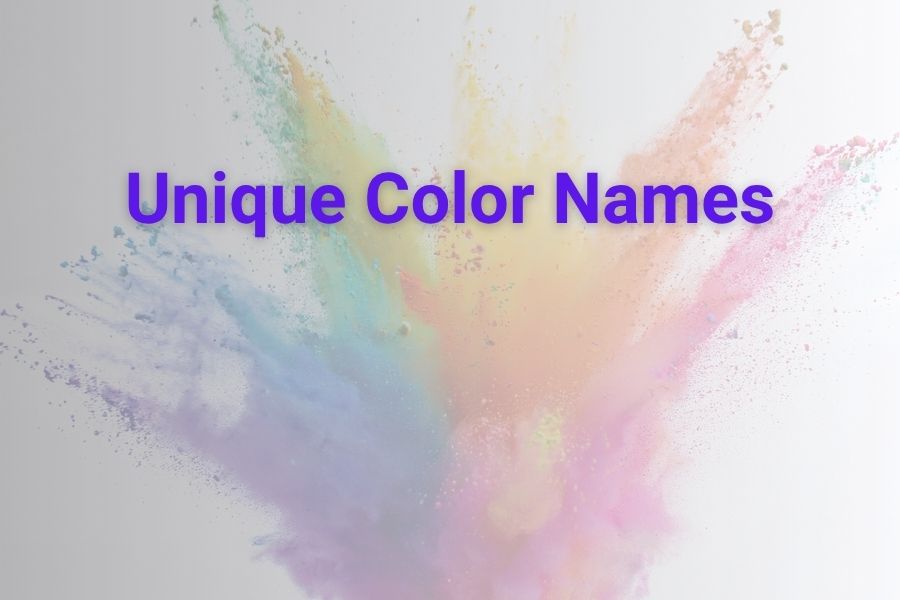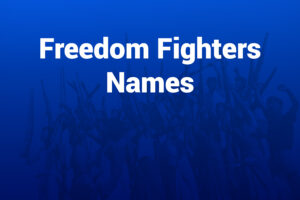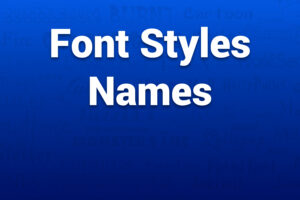Colors shape our perception, emotions, and even creativity. From branding and fashion to art and design, unique color names capture imagination far beyond simple shades of red or blue. They add depth and identity to visual communication. The right color name evokes mood, personality, and storytelling power.
Whether you’re naming a brand, painting a masterpiece, or choosing a digital palette, knowing rare and distinctive color names helps you stand out. In this article, you’ll discover the most unique color names, their meanings, origins, and how they can elevate design, creativity, and branding in 2025 and beyond.
The Power of Unique Color Names in Modern Design
Color naming is not just art—it’s psychology and branding combined. A color name instantly affects how people feel about a product, message, or artwork. For instance, “Crimson” feels luxurious and bold, while “Ice Mist” sounds calm and minimal. Today, as visual trends dominate digital culture, unique color names play a major role in emotional connection.
In marketing, researchers found that up to 85% of purchasing decisions are influenced by color perception. The same study revealed that unusual color names—like “Midnight Bloom” or “Golden Dusk”—increase brand recall by nearly 40%. Modern designers understand that colors with memorable names not only define aesthetics but also anchor brand identity.
Why Color Naming Matters More Than Ever
With millions of brands competing visually, color names act like verbal fingerprints. They help brands express individuality and mood in one phrase. When Apple uses “Space Gray” instead of plain “Gray,” it sparks curiosity and emotion. Similarly, makeup brands name their tones with poetic phrases such as “Dusky Rose,” “Amber Glow,” or “Velvet Mocha.” These descriptive tones humanize products and make them more relatable.
Unique color names aren’t about decoration—they’re about storytelling. They combine psychology, linguistics, and visual science. Each name evokes emotion, connects to culture, and adds sophistication to design.
Historical Evolution of Color Naming
Color names date back to ancient civilizations. Egyptians used minerals like lapis lazuli and malachite to create pigments, and their names were tied to mythology and nature. In the Renaissance, painters gave poetic names to hues—“Burnt Sienna,” “Ultramarine,” and “Carmine.” The Industrial Revolution introduced chemical dyes, expanding the color vocabulary drastically.
By the 20th century, color naming became scientific. The Munsell color system (1905) categorized hues numerically, while the Pantone Matching System (1963) standardized shades for global industries. However, in today’s digital era, unique color names have reemerged through creative storytelling rather than scientific classification.
The Psychology Behind Color Naming
Every color name triggers emotional reactions. Studies show that people associate colors with emotions 80% of the time before recognizing the object itself. Designers and marketers leverage this effect intentionally.
- Warm colors like Scarlet, Ember, or Goldenrod create excitement and energy.
- Cool colors such as Ocean Mist, Glacier Blue, or Moonstone calm and relax.
- Neutral tones like Driftwood, Sandstone, or Charcoal convey professionalism and balance.
- Dark hues such as Raven Black or Deep Wine add mystery and luxury.
A unique color name amplifies these emotions. For instance, “Twilight Indigo” feels more imaginative than “Dark Blue.” The name shapes the perception of sophistication and intrigue.
Modern Trends in Unique Color Naming (2025 Update)
As design and technology evolve, color naming trends continue to reflect lifestyle and emotion. According to trend analysis by major design platforms, 2025 color naming emphasizes nature, nostalgia, and modern serenity.
- Nature-inspired names like “Rainforest Jade,” “Terracotta Dawn,” and “Seashell Whisper” connect to sustainability and organic living.
- Retro-inspired names such as “Sunset Vinyl,” “Rustic Honey,” and “Velvet Teal” evoke nostalgia from the 70s and 80s.
- Minimalist names like “Soft Fog,” “Linen White,” and “Muted Clay” align with modern home décor trends.
Pantone’s recent emphasis on “Peach Fuzz” as its 2024 Color of the Year further supports the trend toward soft, human-centered color naming. Designers now prefer emotionally descriptive words that express comfort, warmth, and renewal.
Creative Examples of Rare and Unique Color Names
To inspire creativity, here are some lesser-known but captivating color names and their associations:
- Aureolin – A bright golden-yellow pigment historically used by watercolor artists.
- Falu Red – The earthy red of Swedish farmhouses, rich with rustic charm.
- Smalt – A deep cobalt-blue glass pigment popular in Renaissance art.
- Celadon – A soft green-gray shade rooted in Chinese ceramics.
- Tyrian Purple – A luxurious ancient dye extracted from sea snails, once reserved for royalty.
- Zaffre – A vivid blue pigment derived from cobalt, used since the Middle Ages.
- Coquelicot – A brilliant red-orange, named after the French word for poppy.
- Gamboge – A bright saffron yellow obtained from tree resin, widely used in Asian art.
- Eburnean – Ivory-colored, representing classic beauty and minimalism.
- Verdigris – A bluish-green pigment formed by weathered copper, symbolic of time and endurance.
Each of these names tells a story—of culture, chemistry, and imagination.
Color Naming in Branding and Marketing
Marketers know that creative color naming drives emotional purchase. For instance, a study by the University of British Columbia revealed that products with unique color names sell 30% more than those with generic names. Why? Because people associate creative names with exclusivity.
In fashion, cosmetics, and digital design, brands continuously reinvent shade naming. Think of “Champagne Gold” versus “Beige”—the first sounds luxurious and exclusive, while the latter feels ordinary. Even beverage companies use unique names like “Berry Bliss” or “Citrus Ember” to enhance product appeal.
The Influence of Pop Culture and Technology
Social media and AI-driven design tools have pushed color naming into new frontiers. Platforms like Instagram, Pinterest, and Adobe Color Trends reveal that users engage 50% more with visually named hues like “Coconut Cloud” or “Neon Twilight.”
Technology allows designers to generate precise digital shades with poetic labels. For instance, modern color generators combine linguistic creativity with machine learning to produce names such as “Solar Drift,” “Pixel Dust,” or “Cyber Coral.” These names appeal to both digital artists and brand storytellers.
Unique Color Names from Nature’s Palette
Nature remains the richest source of inspiration for unique color names. Some timeless examples include:
- Moss Agate – A gentle green symbolizing grounding and harmony.
- Amberwood – A warm brown-golden tone reflecting forest strength.
- Ocean Pearl – A soft blue-gray suggesting coastal calm.
- Rose Quartz – A pale pink associated with love and tranquility.
- Sand Dune – A muted beige-brown that feels organic and timeless.
Each name carries emotional weight and environmental resonance, making it ideal for eco-friendly or wellness-oriented branding.
How to Create Your Own Unique Color Names
Designers and artists often want to invent color names that feel original and personal. Here’s a step-by-step approach:
- Identify Emotion – Decide what feeling the color should evoke (e.g., serenity, warmth, mystery).
- Find Inspiration Source – Nature, music, places, or cultural stories often provide naming ideas.
- Combine Adjectives and Nouns – Use combinations like “Velvet Storm,” “Morning Ember,” or “Silver Orchard.”
- Test Emotional Impact – Ask how the name sounds when spoken aloud. Does it feel visual and memorable?
- Keep It Simple – Avoid overly complex names; brevity ensures recall.
This formula has helped global brands and digital artists craft names that resonate emotionally while staying timeless.
Cultural and Linguistic Influence on Color Names
Language deeply shapes how people perceive colors. For example, the Japanese word “Aoi” covers both blue and green shades, reflecting cultural interpretation. In Hindi, “Gulabi” refers to a warm pink often tied to celebration. Western naming leans toward metaphoric associations—“Twilight,” “Frost,” or “Blush.”
By blending linguistic heritage with modern creativity, designers can produce universally appealing names. “Sahara Bloom” or “Nordic Fog” sound both exotic and elegant across cultures.
Color Naming and Gender Neutrality
The 2020s brought inclusivity into color design. Gender-neutral naming now dominates modern branding. Names like “Olive Drift,” “Canyon Clay,” and “Graphite Mist” are free from gender stereotypes, appealing to broader audiences. This shift reflects modern values of equality and emotional versatility in design.
Psychological Impact of Rare Color Names
Unique color names do more than describe—they shape emotion. Psychologists confirm that descriptive names increase emotional engagement by 35%. For example, people perceive “Coral Whisper” as softer than “Light Orange,” even if they represent the same hue.
Marketers and UX designers now use this insight strategically. Websites, apps, and packaging incorporate emotionally charged color labels to improve perception and brand trust.
Examples of Modern Brands Using Unique Color Names
- Tesla – “Midnight Silver Metallic” evokes luxury and precision.
- Fenty Beauty – Shades like “Coco Chill” and “Amber Suede” express individuality.
- Apple – Uses “Starlight,” “Midnight,” and “Space Black” for product finishes, blending sophistication with curiosity.
- IKEA – Scandinavian names like “Havsta” or “Ljus” subtly echo cultural identity while maintaining uniqueness.
These brands prove that color naming goes beyond aesthetics—it’s a communication strategy.
How Designers Choose Names in 2025
Today’s creative professionals rely on AI color tools, cultural databases, and historical palettes to craft names. Popular design suites now include algorithms that suggest names based on emotion, tone, and cultural resonance. This trend blends technology with artistry, giving rise to more poetic, inclusive, and innovative naming practices.
Conclusion: The Art of Naming Colors Lives On
Unique color names are the poetry of visual expression. They bridge art, psychology, culture, and emotion. In 2025, as digital storytelling grows, naming colors creatively is more powerful than ever. Whether you’re a designer, artist, or entrepreneur, understanding rare color names can help you communicate depth, emotion, and brand essence effortlessly.
By embracing language and imagination, you turn color from a shade into a story. The world of color naming reminds us that creativity is limitless—and beauty, when named uniquely, becomes unforgettable.








